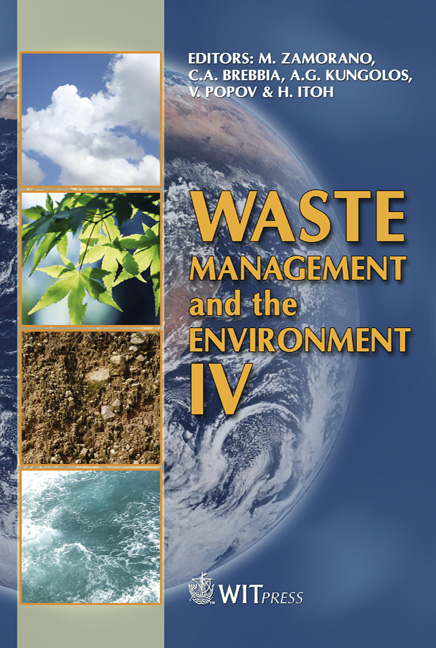The Co-disposal Of Colliery Waste
Price
Free (open access)
Transaction
Volume
109
Pages
9
Page Range
589 - 597
Published
2008
Size
292 kb
Paper DOI
10.2495/WM080601
Copyright
WIT Press
Author(s)
S. Riley, C. Gosling & C. McQuade
Abstract
Experiments conducted at Clarence Colliery into the potential for co-disposal of the two rejects from Clarence Colliery and Kable’s Transport Sand Mine suggested that the co-disposal option was beneficial and mutually beneficial to the two companies. Column experiments were undertaken to simulate field conditions consisting of creating the required co-disposal arrangement and structure in containers, infiltrating water through each container and measuring the rates of infiltration and overflow and measuring the chemical properties of the leachate water. Geotechnical tests of co-disposal pile stability were undertaken using a specially constructed shear box. Layering the coal reject with clay tailings creates a semi-permeable barrier, which acts to restrict water percolation through the reject as well as reacting with the leachate to increase the leachate pH and adsorb metals. Keywords: colliery waste disposal, coal, co-disposal. 1 Introduction At the time of the study, Clarence Colliery, on the Newnes Plateau near Lithgow, NSW, used long wall mining techniques (Corkery [1]) to extract the coal. The coarse washery reject deposited above ground generates acidic drainage with associated elevated levels of some heavy metals. Acidic drainage associated with coal reject is not exclusive to Clarence, nor is it exclusive to coal mining. Acidic drainage is a significant problem for the international mining industry in general. At the time of the study Clarence Colliery was managed by Clarence Colliery Pty Limited.
Keywords
colliery waste disposal, coal, co-disposal.





